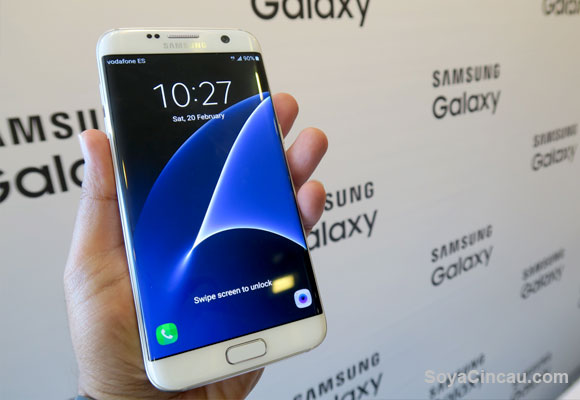Technology has made leaps and bounds in terms of improvements over the years with the ultimate goal of creating the perfect piece of tech. While the development of the smartphone has somewhat slowed especially in terms of hardware specifications and features, the challenge is now in refinement. In making something good, even better, in making something great…perfect.
But is perfection what we really want?
There is no denying that the Samsung Galaxy S6/S6 edge is a beast of a smartphone with the best of everything, a great build and a fantastic camera. How do you improve on something that’s already so good? You refine it.
That’s exactly what Samsung did with the S6’s successor, the Galaxy S7 and S7 edge.
Better across the board
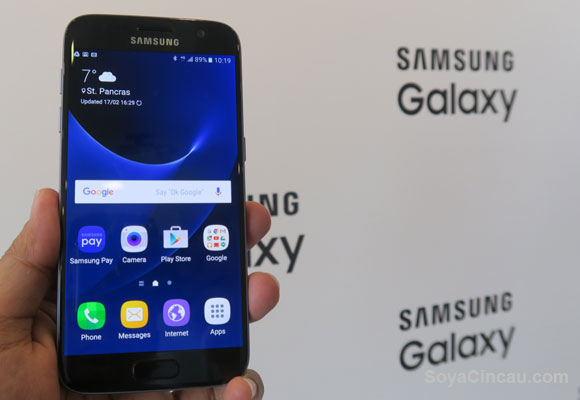
The Galaxy S7 has a gorgeous 5.1-inch Quad HD (2560×1440 pixels) SuperAMOLED display panel (577ppi). The Galaxy S7 edge has the same screen resolution but on a larger 5.5-inch display. On the inside, both variants will get either the next generation Qualcomm Snapdragon 820 quad-core processor, clocked at 2.15GHz, or Samsung’s own next-gen Exynos 8890 octa-core processor, clocked at 2.3GHz, depending on the market (Malaysia will probably get the Exynos version). Both these chips will be mated to 4GB of RAM and either 32/64GB of internal storage. This translates to a 30% improvement in CPU performance and more than 60% improvement in GPU performance over the previous Galaxy S6 and S6 edge. Keeping everything looking pretty is Samsung’s TouchWiz UI skinned on top of Android 6.0 Marshmallow. Samsung has also reintroduced microSD support in the S7 and S7 edge with a card slot that takes cards up to a whopping 200GB.
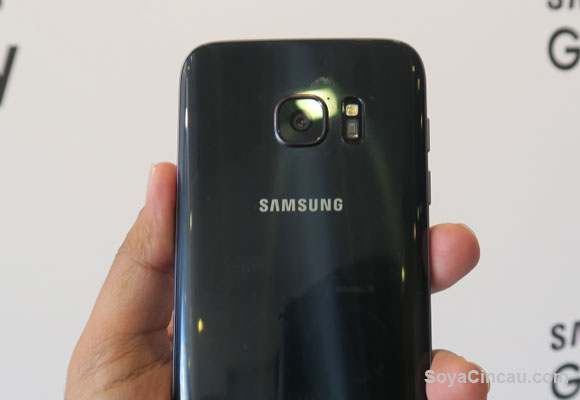
For optics, both Galaxy S7 and S7 edge will get Samsung’s new Dual Pixel 12-megapixel f/1.7 camera. Dual Pixel sounds like a fancy term, but it is basically an upgrade to the Phase Detection AF found on the Galaxy S6, where thanks to this technology, every pixel is focusing on the image at the same time.
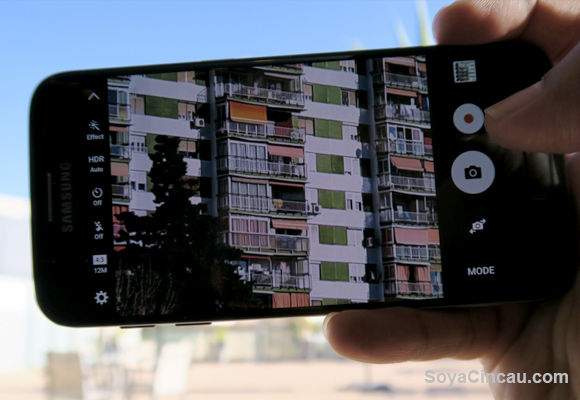
Samsung says that this translates to a near instantaneous focusing speed even in low light conditions. What’s more, because this 12MP sensor uses bigger 1.4 micron pixels (up from 1.12 micron) and a faster f/1.7 lens, the Galaxy S7 is supposed to give you 95% brighter photos.
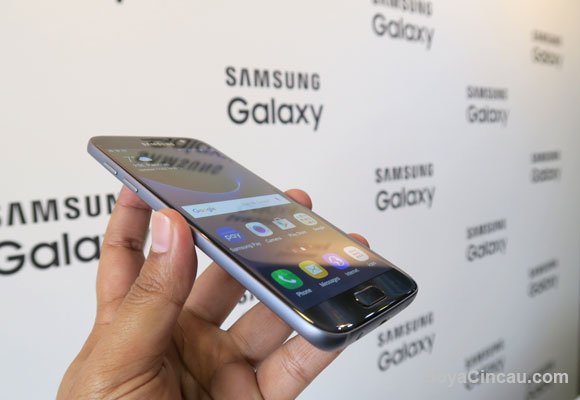
The Galaxy S7 gets a 3,000 mAh battery while the Galaxy S7 edge with the larger display gets a 3,600 mAh which is a big increase from the Galaxy S6’s 2,550 mAh and S6 edge’s 2,600 mAh battery. For charging, the S7 and S7 edge supports Samsung’s fast-charging technology as well as wireless charging which also now supports fast charging.
Besides that, the Galaxy S7 also has a fingerprint scanner located under its home button with support for Samsung Pay.
Refinements
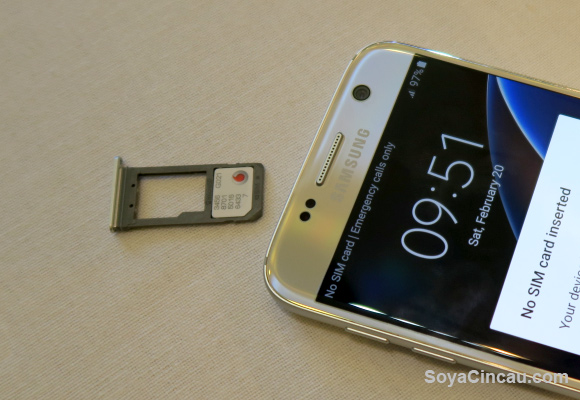
I’m sure many will be happy about the return of the microSD card slot. This popular feature that was missing from the Galaxy S6/S6 edge is making its return in the Galaxy S7/S7 edge. However, this improvement comes in the form of a hybrid SIM tray — you will have to pick either a single SIM and microSD or dual SIM and no microSD. A bit of a bummer, but at least you have the option of expandable storage now.
The Galaxy S7/S7 edge is now water-resistant up to IP68 which means that while you’re not encouraged to take it for a swim, it will survive an accidental drop in the pool. The open ports on the S7 and S7 edge have a special water-repellent coating that negates the need for fiddly flaps and port closures (a major bane for older IP-rated Samsung phones). This is nice and makes the design of the S7 and S7 edge sleek and clean.
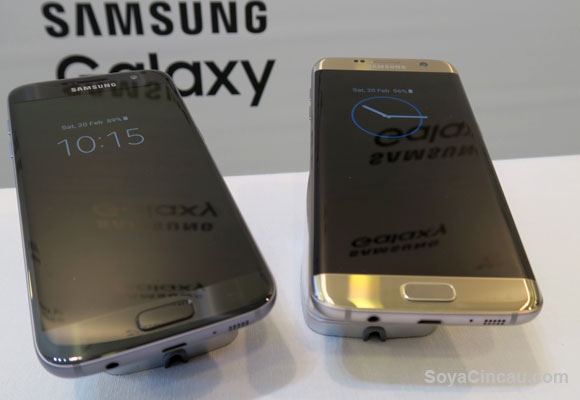
Also new is the always-on display feature that uses minimal power to show basic useful information and notifications like calendar appointments, the time, among other things.
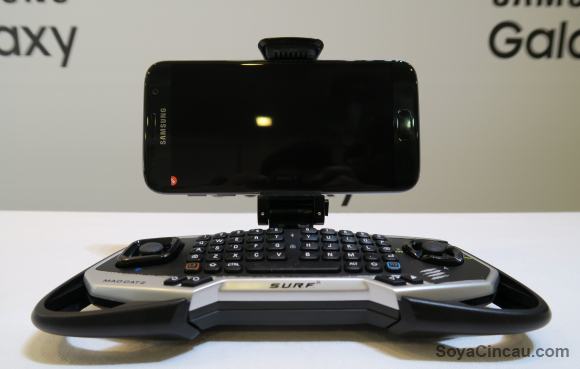
Samsung have also included some dedicated gaming features. One of which is called the “Game Launcher”. What it does is let you control how you want to play your games — better graphics and higher performance, or lower graphics and longer battery life — as well as shuts off background tasks and alerts when you’re gaming so you are not interrupted by notifications.
Heat build-up is always a major issue with Samsung devices. To fix the issue, Samsung has build into the S7/S7 edge a water cooling system that consists of copper piping filled with water surrounding the processor to help disperse heat during intense usage or gaming sessions.
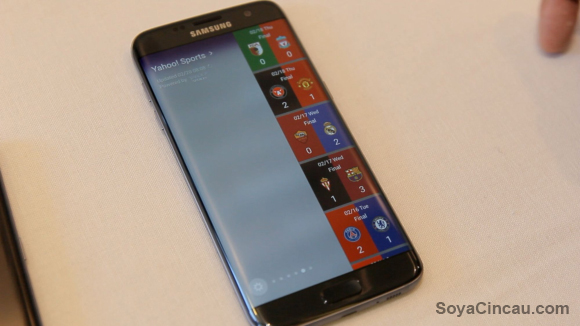
While the Galaxy S6 edge was a novel concept, we didn’t like the limited functionality and features of the edge screen display on the S6 edge. Samsung has sorted this out and increased the function and features of the edge screen display on the Galaxy S7 edge.
Among these are the increased edge screen real estate which translates to the device being able to display more information and more functionality for the edge screen. You have extensive edge features such as an updated People edge, Apps edge and Tasks edge. You also have access to a number of Quick tools like a ruler, a compass and a flashlight all from the edge screen. These improvements look to be identical to the ones bundled with the Galaxy S6 edge’s Marshmallow update so be sure to check that out if you want to know more.
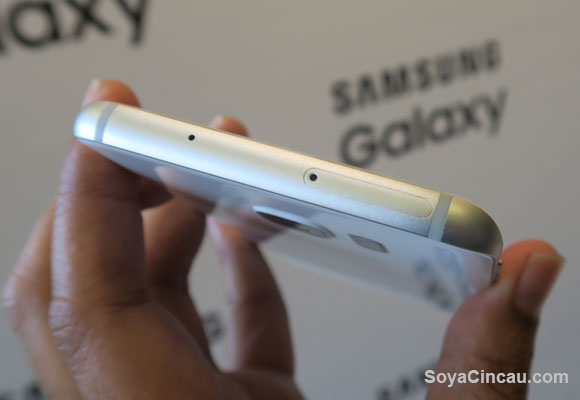
Perhaps the most significant refinement is the build. Sure, design-wise, it looks almost exactly the same as the previous Galaxy S6/S6 edge, but they did make a lot of the necessary improvements we yearned for in the old one. Remember the curved back that helped you hang on to your slippery Galaxy Note5? Yeah, that’s now on the Galaxy S7/S7 edge too — a welcomed improvement over the flat-backed Galaxy S6/S6 edge. Did I hear someone say camera hump? Well, thanks to that new Dual Pixel sensor, Samsung have managed to almost entirely shave it off.
Close to perfect
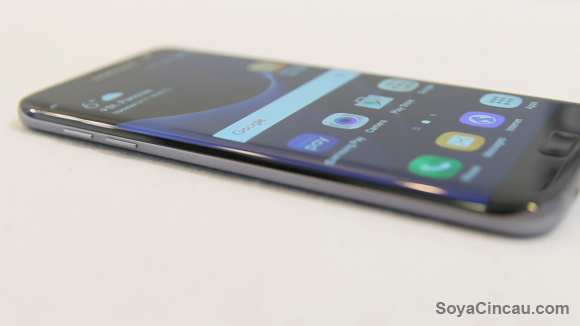
In many ways, although it pains me to say this because I’m far from being their fan, Samsung knows how to do hardware. A quick look at their unbelievably polished flagships of last year should give you more than enough of a hint as to how good they are at building a phone, yet they’ve managed improved on it even further with the Galaxy S7 and S7 edge. We tried to find faults in the S7 and S& edge, but try as we might, we couldn’t find much.


